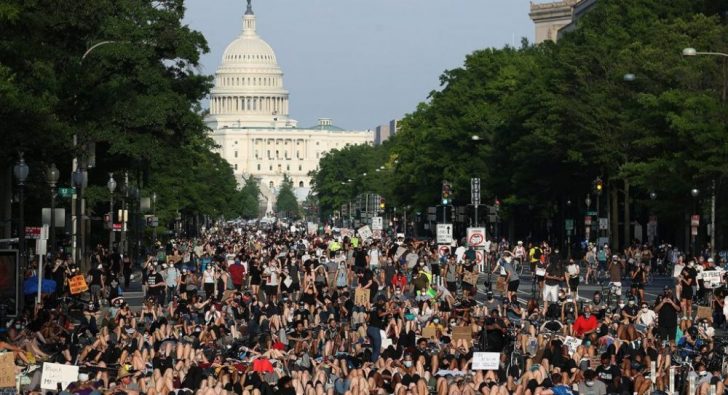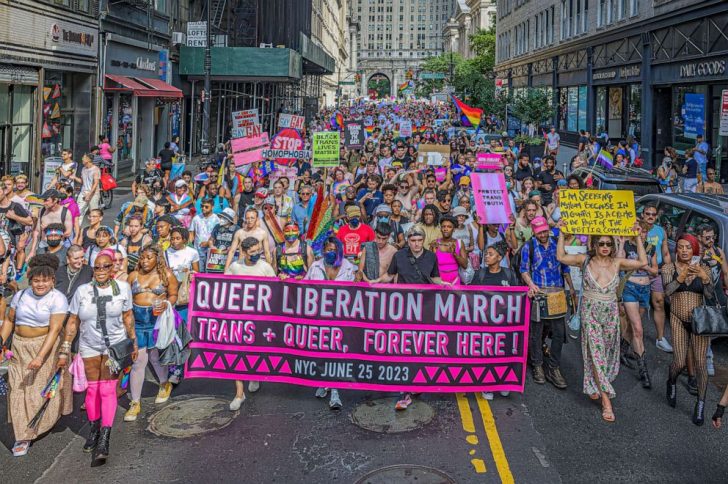How the 1980s Started Culture Wars Americans Still Fight Today
The culture wars didn’t start on Twitter. They didn’t start with Trump or TikTok. The first real firestorm was the 1980s. That is when the battle lines were drawn over religion, sex, race, and identity. The culture wars of today trace their roots straight back to the Reagan era.
The culture wars heated up fast in the 1980s thanks to a rising force: the Religious Right. With Ronald Reagan in the White House and televangelists like Jerry Falwell on the airwaves, conservative Christians pushed into politics with a new sense of mission. They said America was losing its moral compass, and they were here to “save” it.
Hot-button issues like abortion, school prayer, and LGBTQ+ rights became rallying cries. Churches turned into political machines. The Moral Majority wasn’t just preaching, it was voting.
AIDS Crisis and the Politics of Blame
The AIDS epidemic exploded in the 1980s, and it didn’t just kill people. It exposed deep cultural fault lines. When the disease first emerged, it hit the gay community hardest. Instead of compassion, there was condemnation. Conservative leaders called it God’s punishment, and the government dragged its feet on funding research.

GTN / Back in the 80s, artists like Andres Serrano were accused of mocking Christianity. The outrage was loud and organized.
This ‘cruel’ response gave rise to resistance. Activist groups like ACT UP took to the streets. Their protests were bold, raw, and in-your-face. Sound familiar? That same energy fuels today’s fights over trans rights, healthcare access, and LGBTQ+ visibility.
Pop Culture Was a Battlefield in the ’80s
In the 1980s, pop culture was a battlefield. Artists pushed boundaries, and conservatives lost their minds. Madonna mixed sex and religion. Prince was too provocative.
The same pattern plays out now. Swap cassette tapes for TikTok, and it is the same fight. Today’s conservatives target Netflix shows, drag queens, and classroom books. What they call “indoctrination” now, they called “corruption” back then.
Identity Becomes Political Ammunition
Before the 1980s, identity politics was mostly grassroots. But that decade changed everything. Politicians started turning identity into a wedge. Reagan appealed to white, Christian, middle-class Americans with a promise to restore “traditional values.”
At the same time, feminists and civil rights activists fought for a broader definition of who America should include.
Instead of just debating policy, Americans started debating identity itself. Who counts as “real” America? Whose voice matters? Today’s shouting matches over immigration, pronouns, and race in history classes? That all started when the 1980s turned personal identity into public controversy.

E News! / That same strategy of the 80s is now aimed at trans rights. State by state, law by law, rights are being squeezed.
Abortion Battles and Trans Rights Crackdowns
In the 80s, abortion was the issue conservatives rallied around, not just in courtrooms, but in the parking lots of clinics. Groups like Operation Rescue made a name for themselves by blocking access and harassing doctors.
Clinics are under fire, books are banned, and kids are caught in the crossfire. The fall of Roe in 2022 didn’t come out of nowhere. It was the endgame of a plan that started 40 years ago. The trans panic of today is walking the same path.
So, why does all this still matter? Because the 1980s set the tone. They showed how to turn social issues into political gold. They turned moral panic into a campaign strategy. They blended religion, identity, and fear into a single, powerful message: “Our way of life is under attack.”
That fear still works. And it is not just old-school preachers using it. Today, it is media outlets, school boards, and politicians all playing the same card. As historian Andrew Hartman put it, the battles may have changed, from Madonna to TikTok, from AIDS to COVID, but the playbook is still the same.